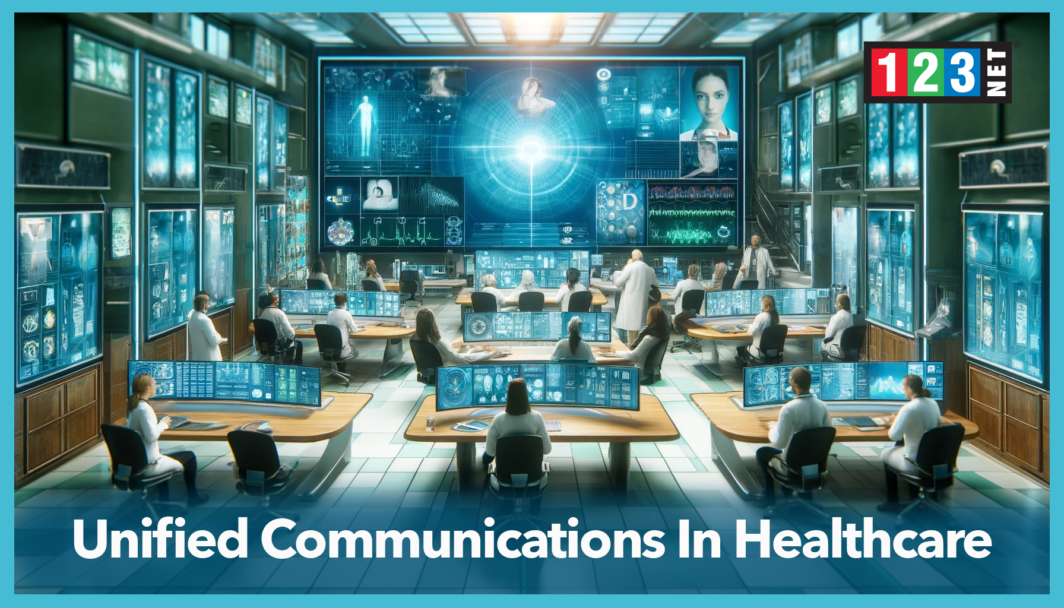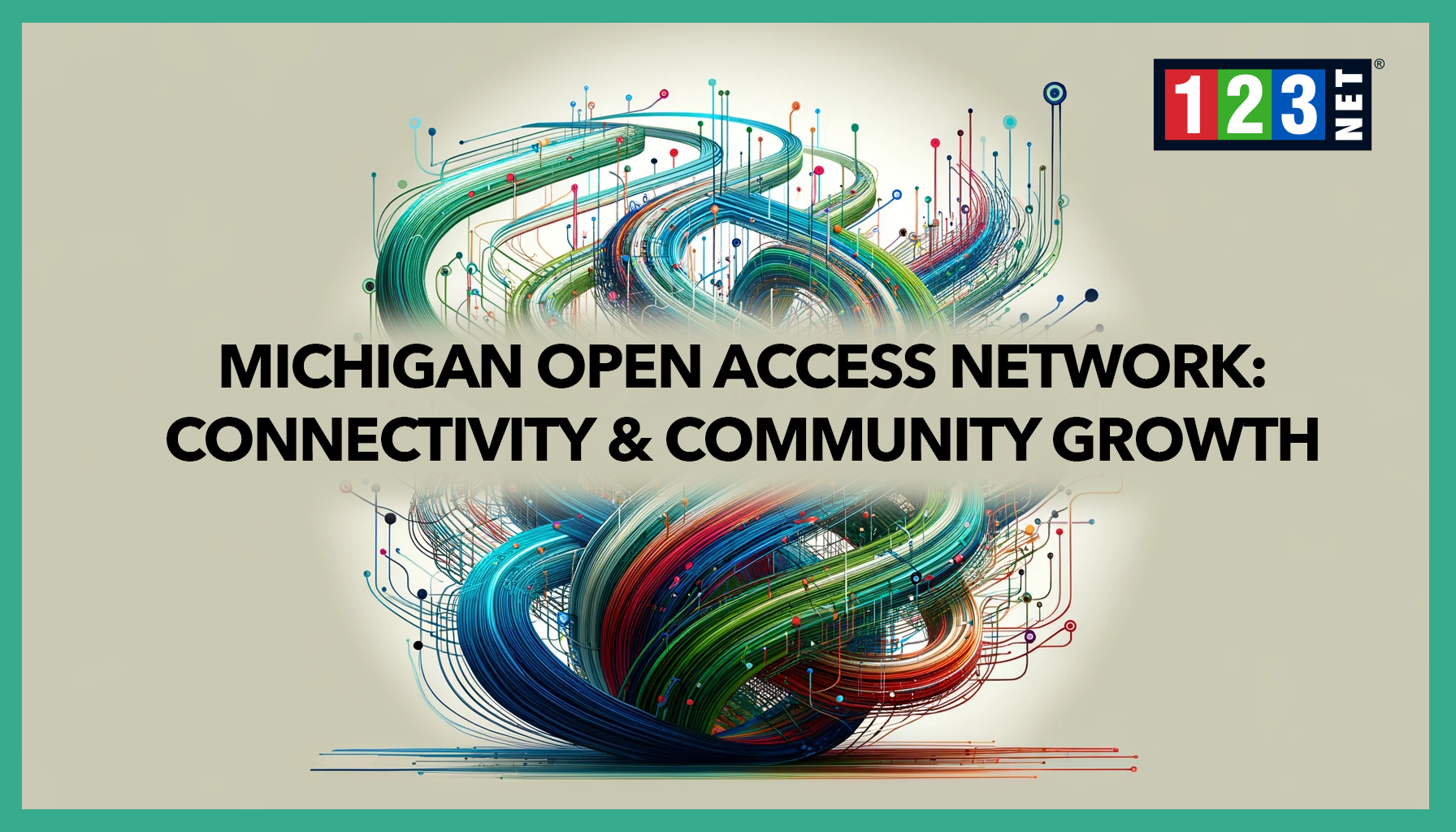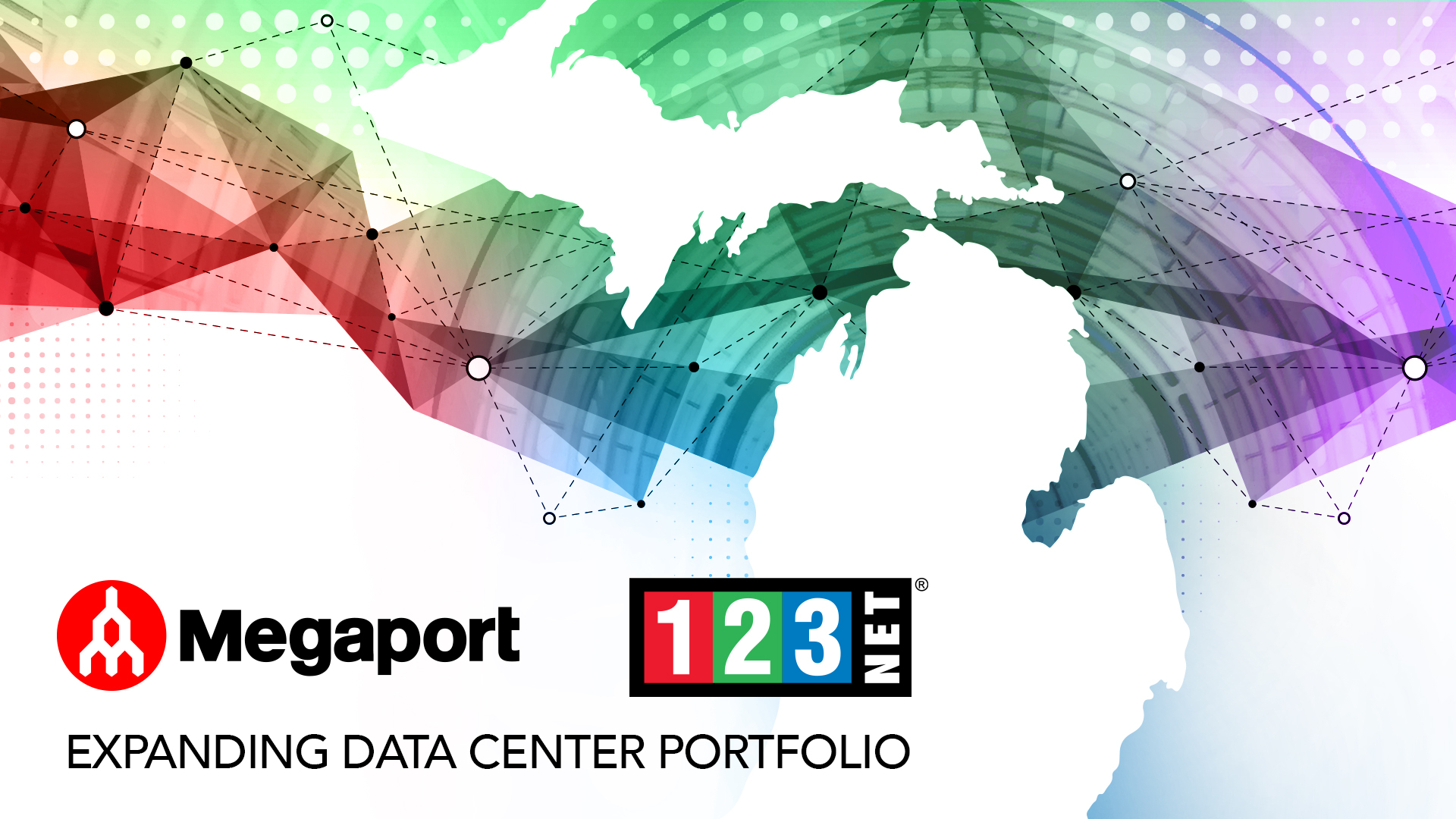
Introduction
Unified Communications (UC) encompasses a range of communication tools and systems that integrate voice, video, data, and mobility products and services to deliver a unified user experience across multiple devices and media types. In healthcare, UC is revolutionizing the way information is convey and manage, improving both operational efficiency and patient care. As the healthcare industry becomes increasingly complex, the ability to communicate efficiently and effectively is more critical than ever. This importance has been further highlighted by the COVID-19 pandemic, which has pushed UC to the forefront as an essential component of modern healthcare systems.
The Rise of Unified Communications in Healthcare Due to Pandemic
The onset of the pandemic brought an unprecedented surge in the demand for Unified Communications (UC) and UCaaS (Unified Communications as a Service) in the healthcare sector. As the world grappled with sudden and severe disruptions, these technologies emerged as critical tools, ensuring the continuity of healthcare services and supporting the sector’s rapid adaptation to new challenges.
Ensuring Business Continuity
During the pandemic, UC and UCaaS tools were instrumental in maintaining the operational aspects of healthcare. With hospitals and clinics overwhelmed, these technologies supported administrative and clinical processes by facilitating remote work for healthcare professionals and ensuring that crucial data could flow uninterrupted between departments and care teams.
Facilitating Telehealth and Remote Care
As in-person medical consultations became risky and, in some cases, impossible, telehealth services saw a dramatic increase in adoption. Unified Communications Healthcare platforms enabled seamless communication across dispersed healthcare teams and patients, allowing for continuous care delivery. Telehealth, supported by UC tools, allowed patients to receive medical advice, diagnosis, and follow-up care from the safety of their homes, thus playing a vital role in managing public health while reducing the risk of virus transmission.
Maintaining High-Quality Patient Care
Despite the challenges of social distancing and reduced physical interactions, UC technologies ensured that the quality of patient care remained high. Healthcare professionals were able to collaborate effectively, share patient information securely, and make timely decisions. This is all thanks to the robust capabilities of UC platforms. This integration of communication tools helped bridge the physical gap between patients and providers, illustrating the crucial role of Unified Communications Healthcare in responding to global health emergencies.
The Core Benefits of Unified Communications Healthcare
Unified Communications (UC) systems are revolutionizing healthcare communication, bringing substantial improvements in collaboration among specialists, reducing costs, enhancing patient care, and ensuring compliance with data management regulations.
Improving Inter-specialist Communication
UC technologies provide a unified platform that streamlines the communication process among healthcare specialists. This shared platform allows for swift and secure information exchange, ensuring that all relevant healthcare providers are aligned. The result is improved collaboration, fostering better and more informed decision-making across the board. This connectivity is vital in complex cases where multiple specialists must coordinate their efforts to provide the best patient outcomes.
Cost Reduction through Efficient Communication
Unified Communications systems significantly reduce communication delays and eliminate redundancies within healthcare settings. By smoothing the flow of communication, these systems not only speed up the decision-making process but also drastically cut down on operational costs. Efficient communication means that less time and resources are wasted. This is allowing healthcare facilities to allocate these savings to other critical areas, enhancing overall service delivery and patient care capabilities.
Enhancing Patient Care
UC is a cornerstone of modern telehealth services, which have transformed the way patient care is delivered by making healthcare accessible remotely. With UC platforms, patients can easily communicate with healthcare providers, receive timely medical consultations, and continue their care without the need for physical visits. This accessibility is crucial for patients in remote or underserved areas and for those with mobility issues. It enhances patient experience and satisfaction by making healthcare services more reachable and convenient, thereby improving overall patient outcomes.
Data Management and Compliance
In the realm of healthcare, managing sensitive patient data with utmost security is paramount. UC solutions address this critical need by facilitating the secure handling of patient data. It is ensuring adherence to stringent healthcare regulations such as HIPAA. These systems support robust data encryption and secure data access, which are crucial for maintaining patient confidentiality and trust. By integrating these security measures, UC platforms help healthcare organizations protect sensitive information. While enabling healthcare providers to access and share data securely, thus enhancing the efficiency and reliability of healthcare services.
Key Trends Driving Unified Communications Healthcare
Unified Communications as a Service (UCaaS) is at the forefront of modernizing healthcare communications. Its impact is felt across various aspects of healthcare delivery, from enhancing telemedicine capabilities to integrating intelligent technologies, fostering team collaboration, and streamlining connections with other healthcare technologies.
Telemedicine
UCaaS has become a pivotal force in the widespread adoption and expansion of telemedicine. By offering reliable and scalable communication solutions, UCaaS meets the intricate demands of telemedicine platforms. This technology enables healthcare providers to conduct effective patient consultations and follow-ups remotely. It is thus extending the reach of healthcare services to rural and underserved areas. The seamless communication facilitated by UCaaS ensures that patients receive timely and efficient care, making healthcare more accessible and convenient.
Intelligent Technology in Healthcare
The integration of Artificial Intelligence (AI) within UC systems is transforming data management and patient interactions in healthcare. AI capabilities embedded in UC platforms automate routine administrative tasks, analyze patient data for improved health outcomes, and assist healthcare providers in delivering personalized care. This intelligent technology not only enhances the efficiency of healthcare services but also supports providers in making more informed decisions. It is ultimately elevating the standard of care provided to patients.
Extensive Collaboration Across Teams
Effective Unified Communications is crucial for fostering extensive collaboration among healthcare teams, which include doctors, nurses, and administrative staff. UC systems support an integrated communication environment that significantly enhances the coordination of care. This improved collaboration results in better healthcare outcomes as teams can share information more freely and make collective, informed decisions quickly and securely. The ability to communicate and collaborate effectively across various departments and specialties is essential for the holistic treatment of patients.
Integrations with Other Technologies
The flexibility of UCaaS systems is notably enhance by their ability to integrate with other key healthcare technologies, such as Electronic Health Records (EHRs) and diagnostic tools. These integrations create a more interconnected and efficient healthcare environment. This is where data flows seamlessly between systems, improving both the speed and quality of healthcare delivery. This interconnectedness ensures that patient information is always accessible to those who need it, when they need it, thereby supporting a more comprehensive approach to patient care.
Challenges in Implementing Unified Communications Healthcare
Implementing Unified Communications (UC) within the healthcare sector presents various challenges that need to be managed to fully leverage the benefits of this advanced technology. From technical difficulties with existing systems to stringent security and compliance requirements, healthcare providers must navigate several obstacles.
Technical and Financial Challenges
One of the primary challenges in integrating UC systems in healthcare is the compatibility with legacy systems. Many healthcare facilities operate on older technologies that are not readily compatible with modern UC solutions. Upgrading these systems or integrating new UC solutions can present significant technical difficulties. This is requiring specialized knowledge and potentially extensive system overhauls. Additionally, these upgrades often come with substantial financial costs. Healthcare organizations must balance the need for advanced communication tools with the limitations imposed by existing infrastructures and budget constraints.
Security and Compliance Concerns
Security is another major concern when implementing UC in healthcare settings. Healthcare providers handle sensitive patient data that protect the prevented unauthorized access and breaches. UC systems must therefore with robust security measures to safeguard this data. Furthermore, compliance with healthcare regulations, such as the Health Insurance Portability and Accountability Act (HIPAA), adds another layer of complexity. UC solutions must not only secure data but also ensure that all communications comply with these regulations to avoid legal repercussions and maintain patient trust.

FAQs on Unified Communications Healthcare
- What is unified communications? A: Unified communications refer to the integration of various communication tools and systems to provide a consistent user experience.
- How does UC benefit healthcare providers? A: UC enhances communication, improves patient care, reduces costs, and ensures data privacy and compliance.
- What are the main challenges faced by healthcare providers in adopting UC? A: Challenges include integration with existing systems, and meeting security and compliance requirements.
- How does UC impact patient care? A: UC improves access to healthcare services, streamlines patient-provider communication, and supports telehealth initiatives.
Conclusion Unified Communications Healthcare
Unified Communications (UC) has significantly transformed healthcare communication, enhancing efficiency, reducing costs, and centering services around patient needs. The future of UC in healthcare is bright, promising further improvements as technology advances. As the healthcare industry evolves, UC remains essential in addressing its dynamic needs. It supports crucial advancements in patient care and operational efficiency, ensuring healthcare providers can offer better services. This ongoing integration of UC into healthcare is pivotal for adapting to future challenges and optimizing healthcare delivery.




